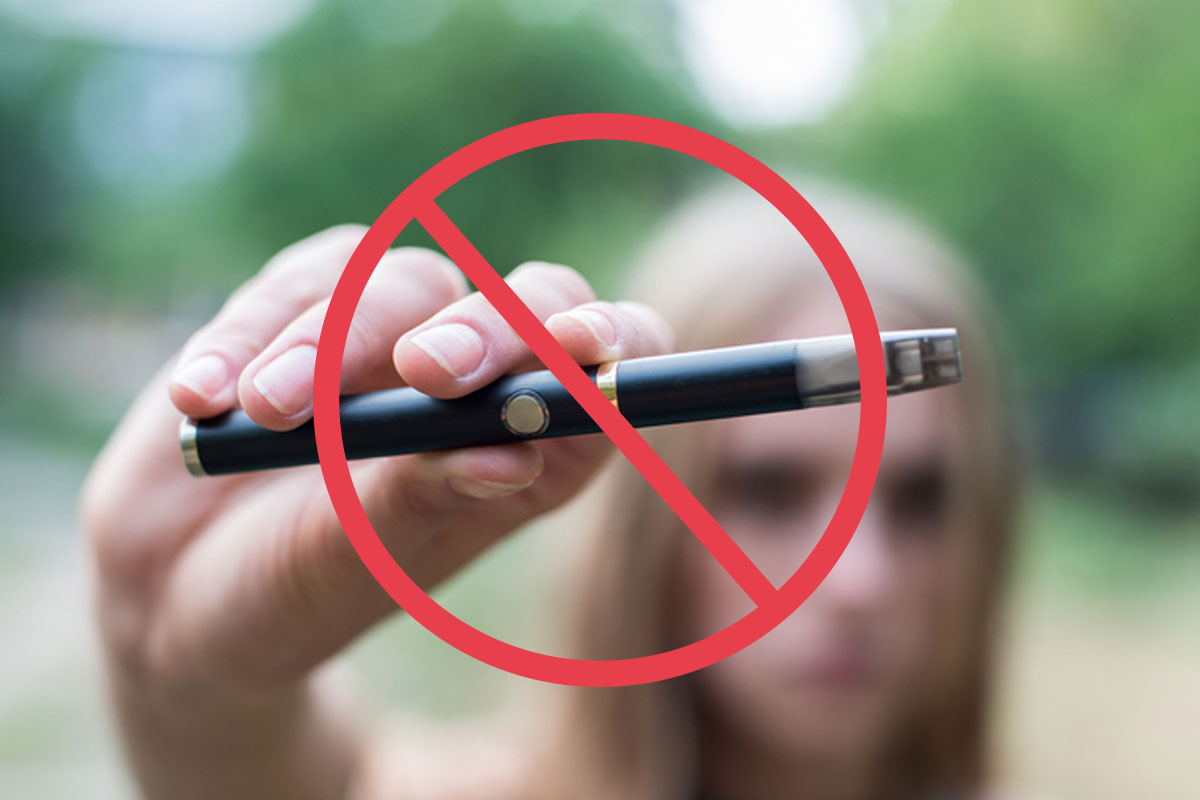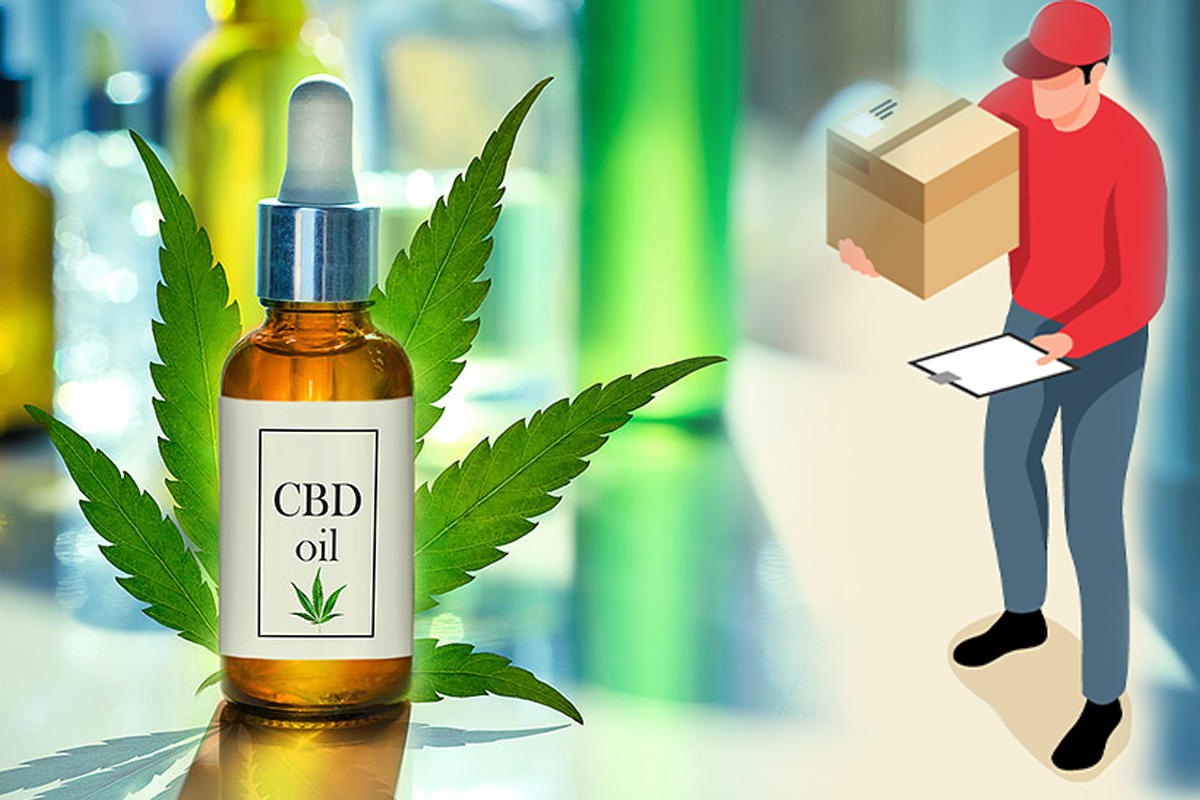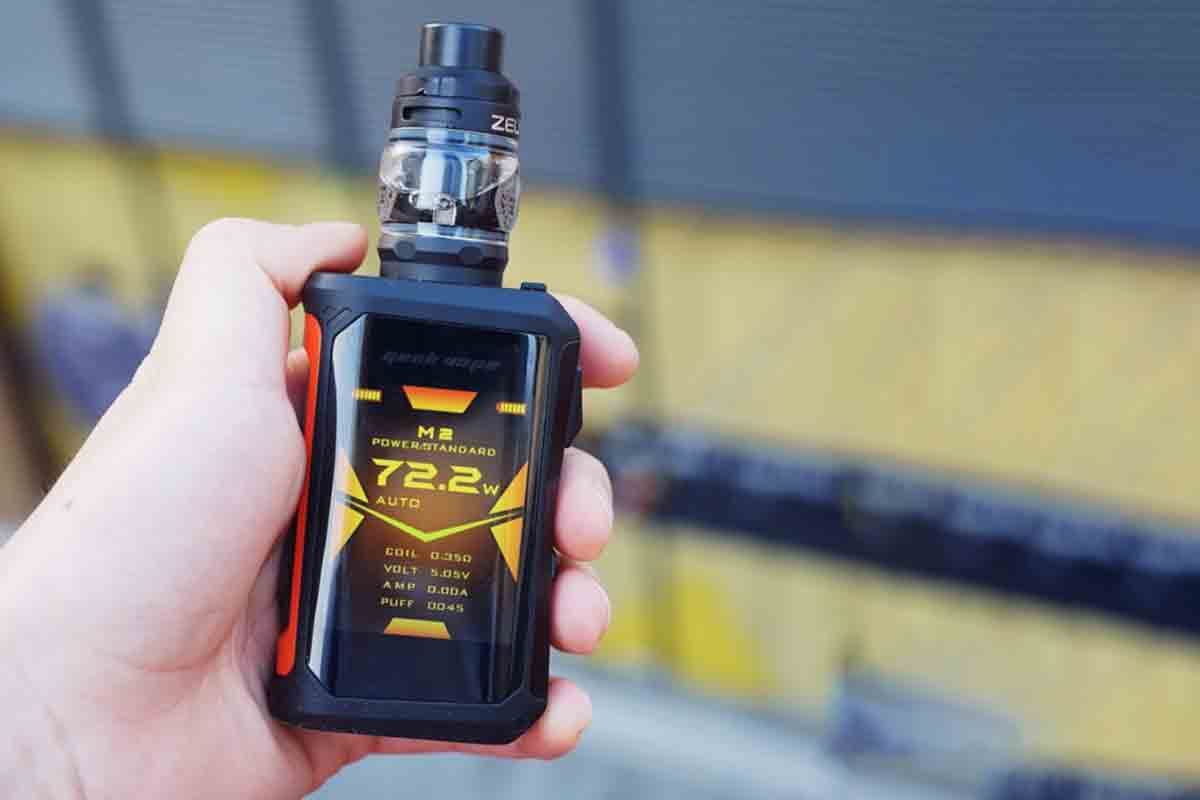What Happens if You Put a Vape in Carry-On? A Comprehensive Guide
Traveling with a vape can raise many questions, especially if you’re flying. From safety issues related to lithium batteries to understanding the strict policies enforced by TSA and airlines, there’s much to consider when you pack your device. This guide covers everything you need to know about taking a vape in your carry-on, ensuring a smooth and hassle-free travel experience.
The Rise of Vaping and Air Travel
As vaping becomes more common, many travelers want to bring their devices along. Whether it’s for personal use, anxiety management, or as an aid to quit smoking, vape devices have become indispensable for many. However, regulations governing vaping devices differ significantly from those of other electronic items. This guide explains how to ensure compliance with the rules set by the Transportation Security Administration (TSA) and airlines while safeguarding the safety of passengers.
TSA Rules: What Happens When You Put a Vape in Your Carry-On?
The TSA allows passengers to bring electronic smoking devices, including e-cigarettes and vapes, on airplanes—but only in carry-on luggage. According to TSA guidelines, vapes cannot be transported in checked luggage due to the fire risks posed by lithium-ion batteries.
When you pass through airport security, your carry-on will go through X-ray machines, which can easily detect electronic devices like vapes. If a TSA officer spots your vape during this process, it could prompt an additional screening to ensure that the device complies with regulations.
The Importance of Battery Safety
Lithium-ion batteries power most vaping devices. These batteries, while efficient, pose potential safety risks. If a lithium battery becomes damaged, overheated, or malfunctions, it can catch fire or even explode. This is why the TSA bans vapes from checked luggage—where a fire could be much more hazardous—and mandates that they be carried in your hand luggage.
In some cases, batteries that exceed a certain watt-hour rating (more than 100 Wh) are prohibited entirely. Thus, you should always check the specifications of your batteries before packing.
What to Expect at Security: Potential Screening and Delays
Once your vape device is detected at the security checkpoint, TSA agents may pull your bag aside for further inspection. You may be asked to take the vape out of your carry-on for a manual check. TSA officers might also ask if your device contains any batteries and whether it complies with the guidelines. While most travelers pass through without issue, improper packing or non-compliance with rules could result in delays or even confiscation.
To avoid any inconvenience, it’s essential to familiarize yourself with the TSA’s guidelines and make sure your vape device is correctly packed.
Preparing Your Vape for Air Travel: How to Avoid Issues
Proper preparation is key to ensuring that your vape device passes through airport security smoothly. Here’s how to pack your vape for travel:
- Disassemble the Vape: If your vape has removable components like a tank or batteries, take it apart before packing. This prevents accidental activation, which could cause the device to heat up during the flight.
- Store Batteries Safely: Batteries should be stored separately in a plastic case to avoid any short circuits. Loose batteries, if left in your carry-on, could come into contact with metallic objects, causing overheating or a fire hazard.
- Follow the 3-1-1 Rule for Liquids: If you’re carrying e-liquids, they must comply with the TSA’s 3-1-1 rule for liquids. This means bottles should not exceed 3.4 ounces (100 mL) and must be stored in a quart-sized, clear plastic bag. Be mindful that changes in air pressure during flights can cause e-liquids to leak, so it’s wise to seal bottles tightly and store them in resealable bags.
- Communicate with TSA Officers: When you reach the security checkpoint, it can be helpful to inform the TSA officer that you are carrying a vape device. Transparency can help expedite the process and minimize confusion.
Airline-Specific Regulations: Do Policies Differ?
Although TSA has general rules, individual airlines can impose additional restrictions on vapes. For example, some airlines may limit the number of vape devices or spare batteries you can carry. Additionally, international flights may have stricter regulations due to different countries’ laws on vaping. Always check with your airline before flying to avoid any surprises.
Common Pitfalls: What Happens if Your Vape Isn’t Packed Properly?
If your vape device isn’t packed according to TSA regulations, you could face several outcomes:
- Delayed Screening: If TSA flags your vape for further inspection, it could delay your progress through the security checkpoint.
- Confiscation: If your device or batteries don’t comply with the guidelines—such as exceeding the watt-hour limit—TSA may confiscate them. While this is rare for properly packed devices, improper handling increases the risk.
- Fines: If you attempt to vape on the plane, the penalties can be steep. Fines for vaping on a plane can range from $2,000 to $4,000, depending on the airline’s policies. In extreme cases, you could even face arrest.
International Travel: Navigating Different Laws
Traveling internationally with a vape adds another layer of complexity. Over 40 countries have banned vapes entirely, and some nations restrict the type of vape devices you can bring into the country. Additionally, customs agents in these countries may confiscate your device upon arrival, even if you complied with TSA and FAA regulations during your flight. Always research the laws of your destination country, as well as any countries where you have layovers, to avoid issues.
What to Do if TSA Flags Your Vape
If TSA pulls your bag for additional screening due to your vape device, don’t panic. In most cases, the officer will simply inspect the device to ensure it’s compliant with safety standards. If the vape passes inspection, you’ll be able to proceed with your flight. However, improper packing or attempts to conceal a vape could lead to confiscation or fines.
Conclusion: Safely Traveling with Your Vape
While it’s perfectly legal to travel with a vape in your carry-on, you must follow strict regulations to avoid issues at the airport. Understanding TSA’s rules, packing your vape properly, and knowing the risks associated with lithium batteries will ensure a smooth experience. By preparing in advance and following the tips outlined in this guide, you can safely enjoy your vape at your destination without unnecessary hassle.









[…] cleaning is a key aspect of vape maintenance. When you learn how to clean a vape, you protect your device from residue buildup that […]